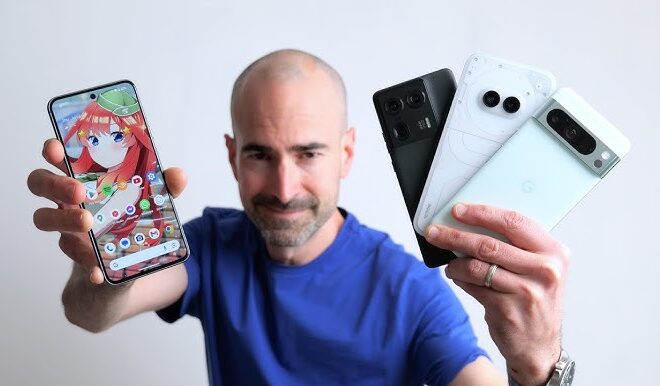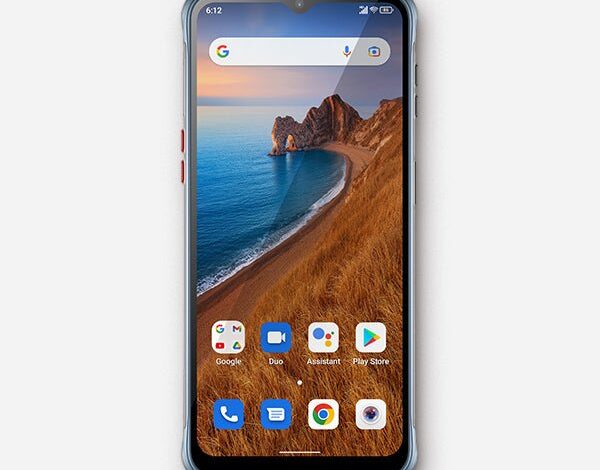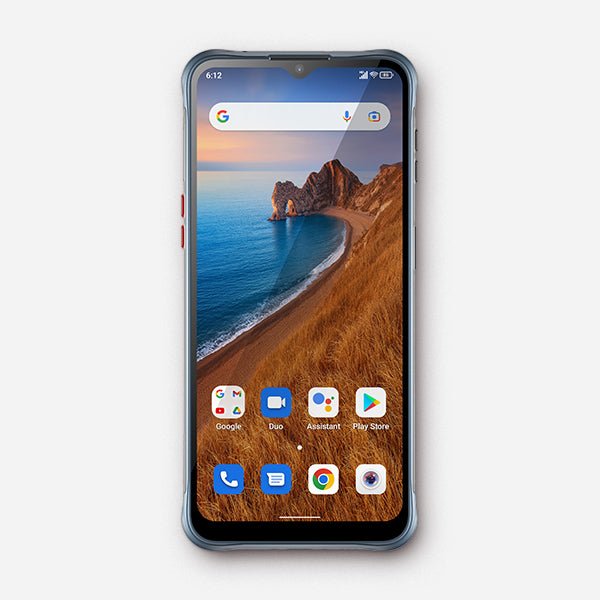
The Android Paradox: Why Tech Giants Embrace and Abandon Google’s OS for Their Gadgets
Introduction: Android’s Unseen Empire
When we hear the word “Android,” our minds almost instinctively picture a smartphone. For over a decade, Google’s operating system has been the undisputed champion of the mobile world, powering billions of Android phones and tablets. This dominance, however, casts a long shadow that extends far beyond the devices we carry in our pockets. Android, in its various forms, is the silent engine behind a staggering array of modern electronics. From the smart TV in your living room and the infotainment system in your car to smart displays on your kitchen counter and even specialized industrial equipment, Android gadgets have quietly built an unseen empire.
This ubiquity is no accident. The Android Open Source Project (AOSP) offers manufacturers a powerful, mature, and royalty-free platform to build upon, drastically reducing development time and cost. Yet, a fascinating and counter-intuitive trend is emerging in the tech landscape. Some of the very companies that built their product ecosystems on Android are now investing heavily in developing their own bespoke operating systems. This creates a compelling paradox: why would a company abandon a robust, feature-rich platform with a massive developer community in favor of the monumental task of starting from scratch? This article delves into the complex technical and strategic trade-offs that drive this decision, exploring the allure of Android, its hidden costs, and the future of the connected gadget ecosystem.
Section 1: The Allure of AOSP: Why Android is the Go-To Platform for Gadget Makers
For a company looking to launch a new smart device, the decision to build an operating system from the ground up is daunting. It requires immense capital, years of engineering effort, and a dedicated strategy to attract developers. This is where the Android Open Source Project (AOSP) presents an almost irresistible value proposition, serving as a powerful accelerator for innovation across countless categories of Android gadgets.
The Power of a Mature, Open-Source Foundation
At its core, AOSP is a complete, production-ready operating system. It’s not just a kernel; it’s a comprehensive software stack that includes a hardware abstraction layer (HAL), native libraries for essential functions like media playback and graphics rendering, the Android Runtime (ART), and a vast application framework. A company can download the source code and have a bootable OS without writing a single line of foundational code. This is a game-changer. Instead of spending years developing a stable kernel, power management systems, and network stacks, engineers can immediately focus on what makes their product unique: the user interface, custom features, and hardware integration.
A Head Start on Development and a Vast Talent Pool
Using AOSP is like being handed the keys to a fully-built factory instead of an empty plot of land. The platform comes with pre-built solutions for complex problems like Bluetooth and Wi-Fi connectivity, touch input handling, and security sandboxing. Furthermore, the global popularity of Android phones has created a massive talent pool of developers proficient in Java and Kotlin, the primary languages for Android development. This makes it significantly easier and more cost-effective for manufacturers to hire engineers who can quickly get up to speed and begin building custom applications and services for their new device, a critical advantage in a fast-moving market.
Built-in App Compatibility and Ecosystem Potential
Even when a company chooses to “fork” Android—creating a version without Google’s official services, like Fire OS—it still benefits from the underlying Android architecture. This often means that many existing Android apps (APKs) can run on the forked OS with little to no modification. This provides a crucial runway for a new device, allowing it to offer a respectable app library from day one while the company works to build out its own dedicated app store and developer ecosystem. This inherent compatibility de-risks the product launch and provides immediate value to early adopters.
Section 2: The Hidden Costs and Constraints of the Android Ecosystem
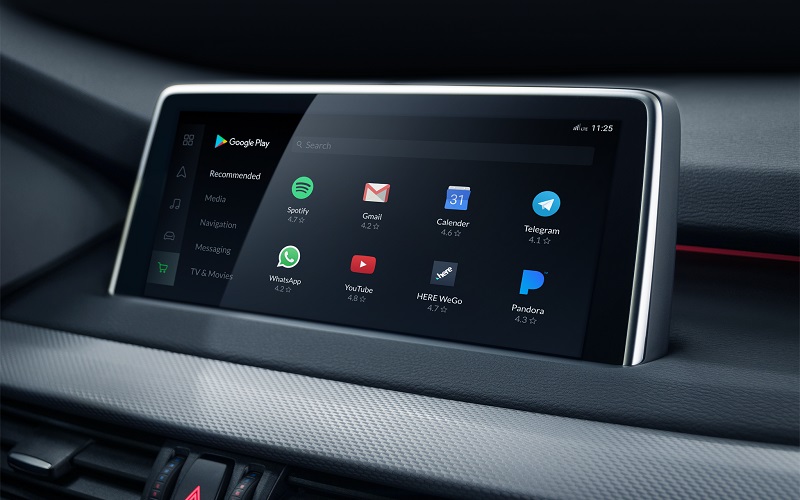
While AOSP provides a powerful launchpad, its “one-size-fits-all” nature, born from a mobile-first philosophy, comes with significant technical and strategic baggage. For many Android gadgets that are not phones, the very features that make Android robust also make it bloated, complex, and restrictive. These hidden costs are often the primary drivers for companies to seek alternatives.
The Weight of a Mobile-First Operating System
Android was meticulously designed for the complex hardware of a smartphone. It includes comprehensive services for telephony, cellular data management, advanced notification systems, multi-user support, and background app management. For a single-purpose device like a TV streaming stick, a smart speaker, or a digital photo frame, the vast majority of these services are unnecessary overhead. They consume precious RAM, CPU cycles, and storage space, forcing manufacturers to use more powerful—and more expensive—hardware to achieve a smooth user experience. A lightweight, custom Linux-based OS, by contrast, can be stripped down to only the essential components, allowing it to run efficiently on cheaper, less powerful hardware, which is a critical factor for price-sensitive consumer electronics.
The Fragmentation and Update Dilemma
The Android update process is notoriously complex. While Google regularly releases security patches and new versions of AOSP, it is up to the device manufacturer (and the silicon vendor who provides the chipset drivers) to integrate, test, and deploy these updates. This is a resource-intensive process. For high-margin Android phones, this cost is justifiable. For lower-margin Android gadgets, however, long-term software support is often one of the first things to be cut. This results in a fragmented market where devices are left running outdated, insecure versions of Android. A company with its own OS controls the entire software stack, enabling it to push updates directly and efficiently to its entire device fleet, ensuring better security and a consistent user experience.
The Google Services Conundrum
There is a critical distinction between AOSP and the “Google Android” found on most phones. To get access to the Google Play Store, Google Maps, Gmail, and other critical Google Mobile Services (GMS), manufacturers must license them from Google. This license comes with strict rules outlined in the Compatibility Definition Document (CDD), which dictates hardware specifications, software features, and even branding requirements. This essentially forces manufacturers to cede a significant amount of control over their device’s user experience and data to Google. For companies looking to build a walled-garden ecosystem where they control the app store, the user data, and the monetization strategy, the GMS requirements are a non-starter, making a forked version of AOSP or a completely new OS the only viable paths.
Section 3: The Strategic Pivot: Building a Bespoke OS from the Ground Up
The decision to move away from Android is not merely a technical one; it’s a profound strategic pivot. It signals a company’s ambition to move from being a hardware manufacturer to a vertically integrated platform owner. This involves building a custom OS, often based on the Linux kernel, to achieve complete control, optimize performance, and own the customer relationship.
The Quest for Absolute Control and Performance
A bespoke operating system allows for perfect synergy between hardware and software. Engineers can write drivers and system libraries tailored to the exact specifications of the chipset, memory, and peripherals. This eliminates layers of abstraction and unnecessary code found in a general-purpose OS like Android, resulting in significant performance gains. A smart TV with a custom OS like LG’s webOS or Samsung’s Tizen can boot faster, respond to remote control inputs more quickly, and handle 4K video streaming more efficiently on modest hardware. This level of optimization is simply not possible with AOSP, where the Hardware Abstraction Layer is designed to support thousands of different hardware configurations.
Owning the Ecosystem and the User Experience
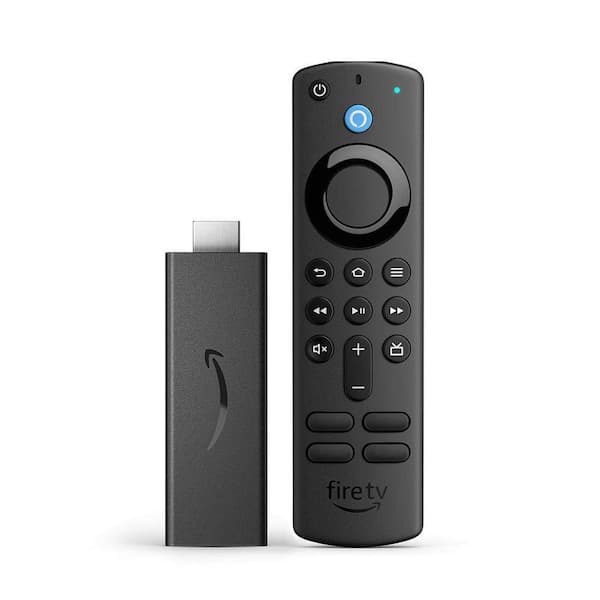
Controlling the OS means controlling the entire user journey. The manufacturer dictates the look and feel of the home screen, the default applications, and the flow of user interactions. More importantly, they control the primary gateway for content and services: the app store. By running their own app store, they can set the rules for developers, manage the curation of content, and control the revenue stream from app sales and in-app purchases. This transforms the device from a one-time hardware sale into a recurring revenue platform. It also allows the company to deeply integrate its own services—be it a voice assistant, a streaming service, or a smart home platform—making them the default and preferred choice for the user.
The Monumental Challenge: Overcoming the App Gap
The single greatest obstacle to launching a new OS is the “app gap.” Users expect their devices to run the apps they know and love, from Netflix and YouTube to Spotify. A new platform launches with zero apps. Convincing thousands of developers to invest time and resources into porting their applications to a new, unproven OS is a monumental and expensive undertaking. This is often the reason why such moves are only attempted by massive companies with deep pockets and a large existing user base. To mitigate this, many modern bespoke systems (like Tizen and webOS) are heavily reliant on web technologies, allowing developers to build apps using HTML5, CSS, and JavaScript, which is an easier transition than learning an entirely new native development framework.
Section 4: Implications for Developers and Consumers
This shift in the OS landscape has significant downstream effects, creating new opportunities and challenges for both the software developers who build applications and the consumers who use these devices every day. The latest Android news isn’t just about phones; it’s about this broader ecosystem fragmentation.
For Developers: A Double-Edged Sword
For developers, a more fragmented OS market is a mixed bag. On one hand, it can mean more work. Instead of building one Android TV app, a media company might now need to build and maintain separate versions for Android TV, Tizen, webOS, and a new emerging platform. This increases development costs and complexity. On the other hand, a new platform backed by a major player can create a “gold rush” opportunity for developers to get in on the ground floor, face less competition, and get prominently featured in a new app store.
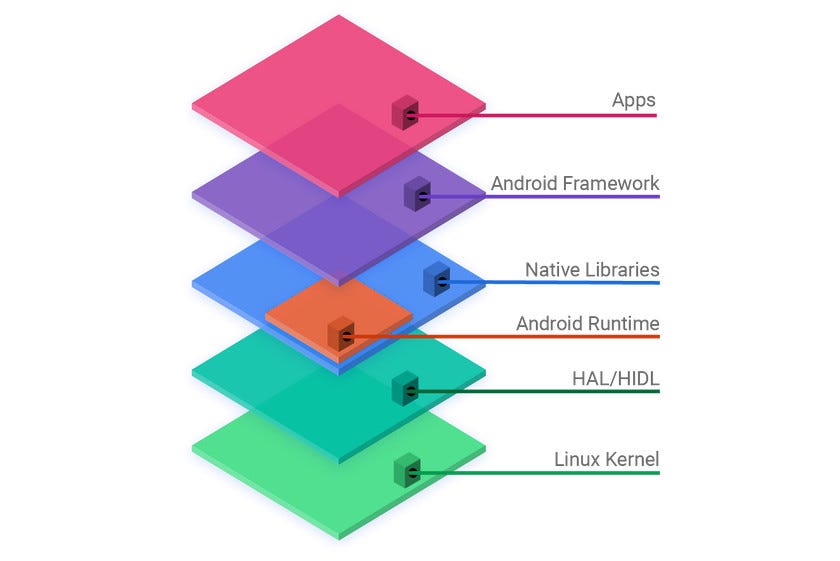
Best Practice Tip: Developers creating apps for smart gadgets should strongly consider cross-platform technologies. Building an application as a Progressive Web App (PWA) or using frameworks that can compile to web standards can allow a single codebase to be deployed across multiple, disparate smart TV and gadget operating systems, drastically reducing maintenance overhead.
For Consumers: The Trade-Off Between Performance and Choice
Consumers are at the center of this trade-off. A device running a lightweight, bespoke OS may offer a snappier, more responsive, and more polished user experience. It might feel faster and more integrated than its Android-based counterpart. However, that performance may come at the cost of app selection. The user might find that a niche streaming service, a favorite game, or a specific utility app is available on the Google Play Store for Android TV but not on the proprietary app store of another device.
Consumer Consideration: Before purchasing any smart gadget, especially a smart TV or streaming device, it’s crucial to investigate its app ecosystem. Don’t just assume all your essential apps will be there. A quick search to confirm the availability of your must-have services can prevent significant frustration down the line.
Conclusion: A New Era of OS Diversification
The story of Android in the gadget world is one of incredible success and inherent compromise. Its open-source nature has fueled a Cambrian explosion of smart devices, democratizing technology and enabling companies of all sizes to innovate. However, as the market matures, the technical and strategic limitations of using a mobile-centric OS for specialized hardware are becoming increasingly apparent. The move by major tech players to invest in their own operating systems is not a rejection of Android’s legacy but an evolution beyond it.
This trend signifies a strategic desire for vertical integration, performance optimization, and complete control over the user experience and revenue. For the foreseeable future, the world of Android gadgets will remain a vibrant and dominant force. But alongside it, we will see a growing ecosystem of bespoke platforms from companies with the scale and ambition to build their own worlds. This diversification will lead to more competition, potentially faster and more efficient devices, and a new set of choices and challenges for developers and consumers alike, marking the next chapter in the ever-evolving connected landscape.

